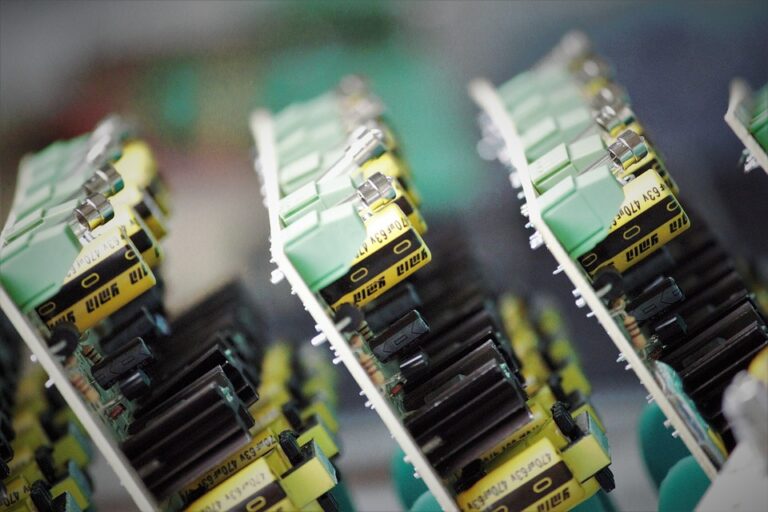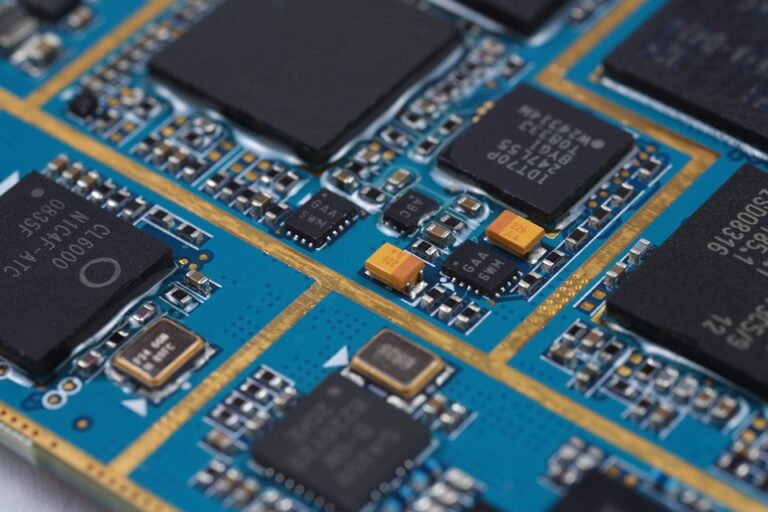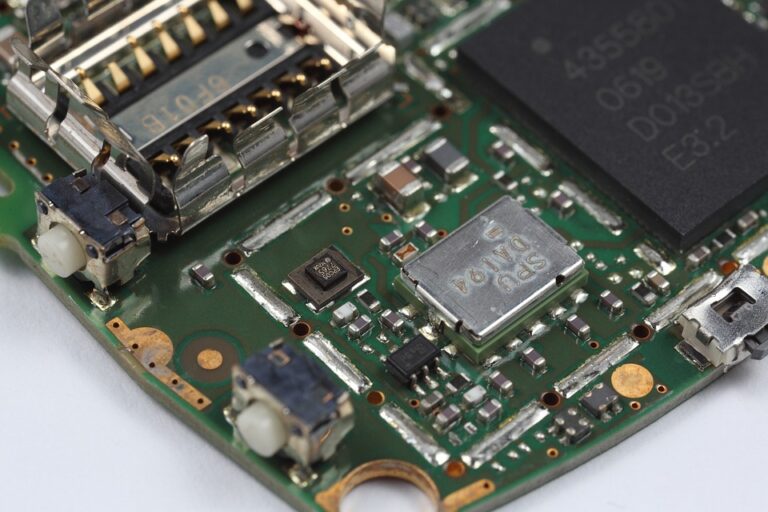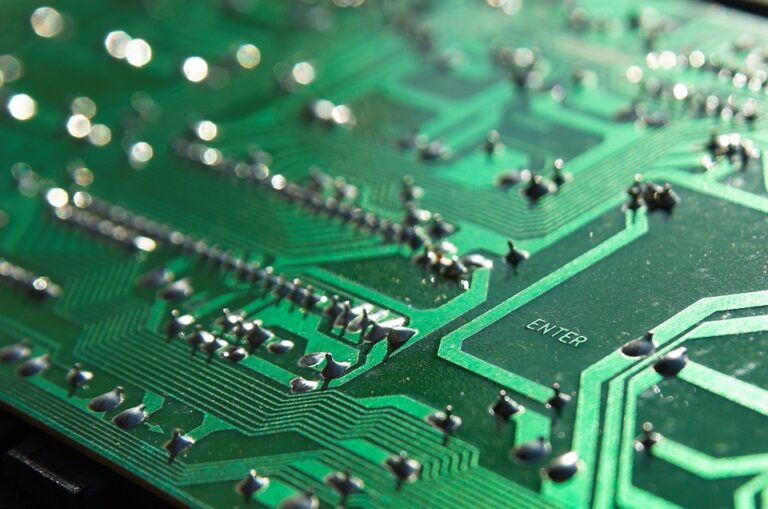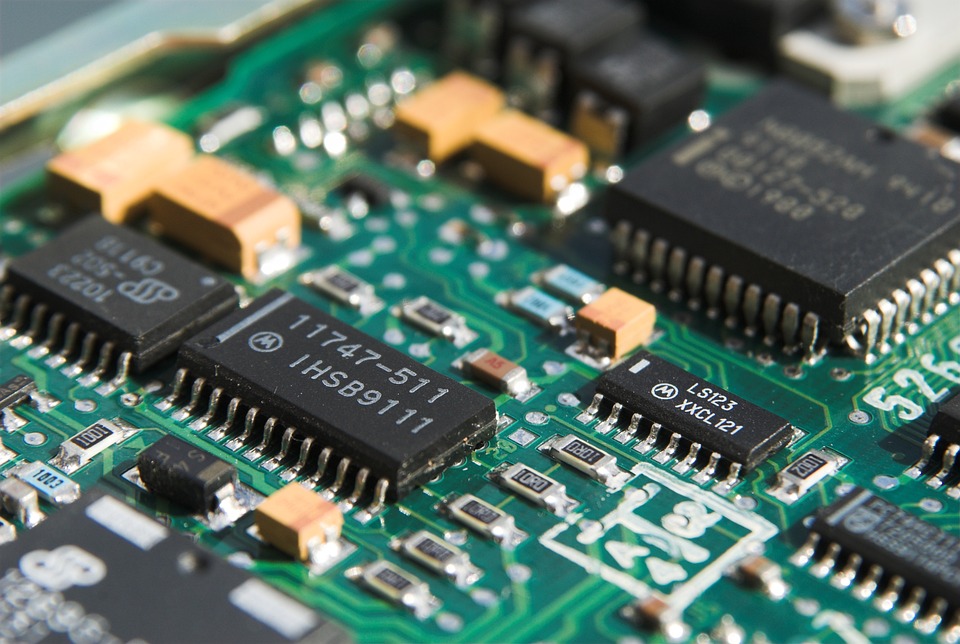
The Importance of Quality Control in PCB Assembly: Ensuring Reliability and Efficiency
The Importance of Quality Control in PCB Assembly: Ensuring Reliability and Efficiency
In today’s fast-paced and competitive electronics industry, ensuring the quality and reliability of printed circuit boards (PCBs) is crucial for the success of any product. With the increasing complexity of modern devices and systems, the importance of quality control in PCB assembly cannot be overstated. In this article, we will explore the significance of quality control in PCB assembly, its benefits, and the steps involved in ensuring the reliability and efficiency of PCBs.
What is Quality Control in PCB Assembly?
Quality control in PCB assembly involves a series of checks and tests performed at various stages of the manufacturing process to ensure that the PCBs meet the required standards and specifications. The primary goal of quality control is to detect and correct any defects or discrepancies that could affect the performance, reliability, or functionality of the PCBs.
Benefits of Quality Control in PCB Assembly
The benefits of quality control in PCB assembly are numerous and far-reaching. By implementing a rigorous quality control process, PCB manufacturers can:
- Ensure the reliability of their products, which is critical for maintaining the trust of customers and building a strong reputation in the industry
- Minimize the risk of product recalls and subsequent financial losses
- Reduce the likelihood of costly rework and repairs
- Improve efficiency and productivity by detecting and correcting defects earlier in the manufacturing process
- Enhance customer satisfaction by providing high-quality products that meet their expectations
- Reduce the risk of regulatory non-compliance and legal liabilities
Steps Involved in Ensuring the Reliability and Efficiency of PCBs
To ensure the reliability and efficiency of PCBs, manufacturers need to implement a robust quality control process that involves several key steps:
- Design verification**: Verifying the design of the PCB to ensure that it meets the required specifications and standards
- Material selection**: Selecting the right materials for the PCB, including the substrate, conductive traces, and components
- Fabrication**: Fabricating the PCB using advanced techniques such as surface mount technology (SMT) or through-hole assembly (THA)
- Inspection**: Conducting regular inspections to detect any defects or defects in the PCB
- Testing**: Testing the PCB to ensure that it meets the required specifications and standards
- Quality control**: Performing quality control checks at various stages of the manufacturing process to detect and correct any defects
Conclusion
In conclusion, quality control in PCB assembly is a critical aspect of ensuring the reliability and efficiency of printed circuit boards. By implementing a robust quality control process, PCB manufacturers can detect and correct defects early, reduce costs, and improve customer satisfaction. As the demand for high-quality PCBs continues to grow, it is essential for manufacturers to prioritize quality control and ensure that their products meet the highest standards of quality and reliability.
Frequently Asked Questions (FAQs)
- Q: What is the most important step in quality control in PCB assembly?
A: The most important step in quality control in PCB assembly is inspection, as it allows for the detection and correction of defects early in the manufacturing process.
- Q: What is the primary goal of quality control in PCB assembly?
A: The primary goal of quality control in PCB assembly is to detect and correct any defects or discrepancies that could affect the performance, reliability, or functionality of the PCBs.
- Q: What are the benefits of quality control in PCB assembly?
A: The benefits of quality control in PCB assembly include ensuring reliability, reducing the risk of product recalls and rework, and improving efficiency and productivity.
- Q: What are the common defects that can occur in PCB assembly?
A: Common defects that can occur in PCB assembly include soldering defects, component damage, and contamination.
- Q: How often should quality control checks be performed in PCB assembly?
A: Quality control checks should be performed at each stage of the manufacturing process, including design verification, material selection, fabrication, inspection, and testing.
- Q: What are the consequences of not implementing quality control in PCB assembly?
A: The consequences of not implementing quality control in PCB assembly can include product recalls, loss of reputation and trust, and financial losses.

